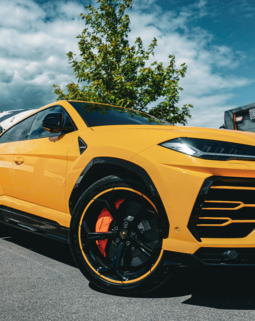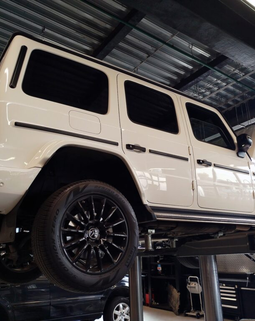In the Central Asian nation of Turkmenistan, President Gurbanguly Berdymukhammedov's affinity for white extends beyond his wardrobe to a peculiar directive for the nation's automobiles.
The White Mandate for Exporters
For years, exporters in Turkmenistan have been instructed to ship only white-colored automobiles. Existing vehicle owners with non-white cars were not spared either; they were mandated to paint their vehicles white, reflecting the pervasive influence of Berdymukhammedov's carefully curated persona.
Expanding the Palette: All White Everything
The latest decree from the Turkmen president takes the obsession with whites to new levels. Not content with just the car exteriors, authorities in the eastern Lebap region are now enforcing that all car detailing, including radiator grilles and light frames, must be painted white.
Traffic Woes and Allegations of Corruption
The abrupt implementation of the all-white detailing rule has sparked discontent among locals. Many complain that it has given traffic police an additional pretext to demand bribes, adding to the challenges citizens face in this tightly controlled nation.
Aesthetic or Practical? Official Justification for White Mandate
While the official explanation for this unusual automotive mandate cites practical reasons, asserting that dark colors absorb more sun and heat in Turkmenistan's subtropical desert climate, critics argue that it is merely an extension of Berdymukhammedov's fixation on the color white, evident in the capital's architecture and even the president's personal appearances.
In Turkmenistan, the vehicular landscape tells a story of presidential preferences and a national penchant for the color white. From the export mandates to the recent detailing decree, President Berdymukhammedov's influence on the aesthetics of the nation's automobiles is undeniable.
However, as the country grapples with these unique directives, questions linger about whether the motivations are purely practical or if they serve as a visual extension of the president's carefully constructed public image.
Amidst allegations of suppressing dissent and maintaining control, the all-white directive becomes a visual extension of power. As the nation grapples with these automotive regulations, it becomes a microcosm reflecting the broader dynamics of an authoritarian regime, leaving citizens to navigate not just the streets but also the symbolic landscape of their country.





